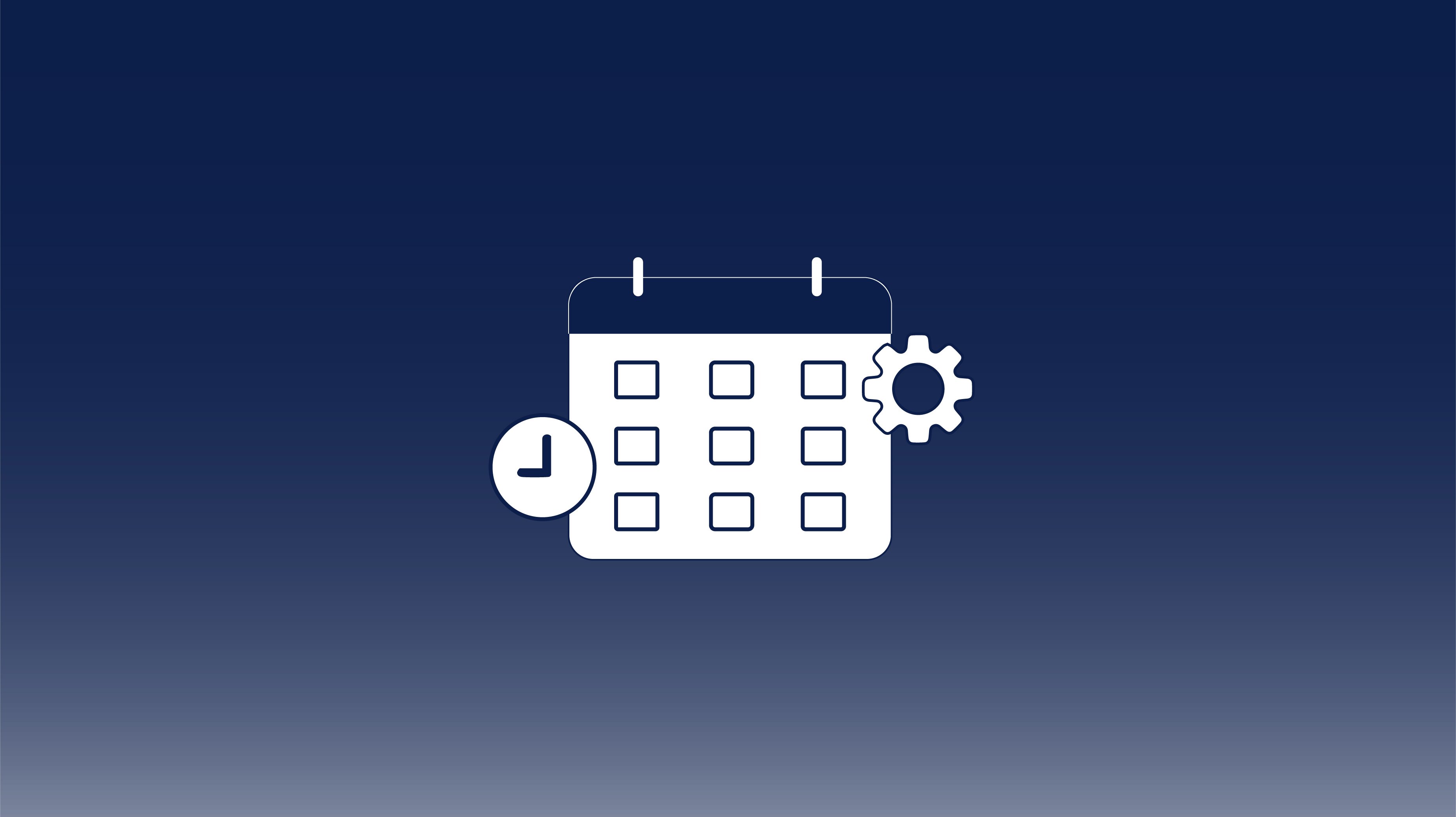Automated Accounts Receivable Programs: Cutting DSO by 30% in Six Months
In today’s economy, speed to cash is as important as speed to market. Companies that let receivables linger for 60, 75, or even 90 days are putting...
3 min read
October 22 2015
by
![]() Chris Cosgrove
Chris Cosgrove

Not to get too philosophical with today’s blog post, but we do like Confucius sentiments here, Grasshopper. But seriously a lot of how we work today and the quality of our work is directly proportional to the tools by which that work is getting accomplished. Consider the prospect of having a surgical procedure done today compared to a hundred years ago. Yeah, not exactly an exciting proposition if you favor living through it as a definition of success back then. Incredibly, the tools by which surgeons perform their many procedures are continuously evolving and improving, thereby creating enhanced operations with minute levels of detail and precision. The fact is that the tools by which we ply our trade greatly affect the efficiency of our work and also the degree of accuracy we are able to achieve. This is no different for someone dealing with transactional documents, especially those leading the accounts payable process.

Without Optical Character Recognition (OCR) you’re sunk. Well, it may not be that bad, but then again, it may. Without OCR in place in the Accounts Payable process, AP staff are encumbered by data entry and manual invoice processing. It’s a big deal, because by default without OCR, processing invoices is only then scalable by the addition of human labor, which no business wants to incur in a non-revenue generating area of the business and secondly, from the perspective that human entry at some level means errors and bottlenecks. OCR is a must for a highly efficient accounts payable process and is often the difference maker between leaders and laggards in terms of benchmarking surveys. If you don’t have it, here are some things to know about bringing it in.
Once you’ve lifted and validated the data you’re obviously going to want a direct way to marry that up within your accounting system...this way you get the benefit of automation and you get out of the data entry world. While that’s great, you still need a spot to put these images and associated metadata, otherwise you’ll be stuck with a mutated accounts payable process. Instead of that zombified nightmare, take your invoices and stash them in a relational database with a solid interface that enables you to divest yourself of paper storage. With this key point resolved your well on your way to a transformed AP process.
So, EDM archival is obviously important from a physical standpoint, and certainly a search and retrieval standpoint, but that does little without workflow technology to actually improve a process. Actually, done incorrectly, and without workflow, and you could find yourself adding to a traditional manual accounts payable process. While this is unfortunate, it would come with the consolation of having the ability to find things faster, but in terms of routing invoices for approval or for investigation, you’d likely be out of luck. So if you really want to tighten up your AP process, it’s a given that you’re going to need intelligent workflow technology to get invoices to approvers, and mimic your business rules for approval thresholds. Also, these are great for contingency planning in the event certain approvers or supervisors are out of office and you need invoices, memos, or other pivotal documents to be handled in a timely fashion. No intelligent workflow tools...no intelligent accounts payable process.
Dashboards are probably the biggest singular item that will delight a Controller or CFO. The reason being is that the data that was previously locked inside of invoices is now malleable and more than that it’s visible and actionable. Reporting is great and is typical of most accounts payable automation software, but dashboards, especially dynamic ones that are continuously updated, give you the ability to make critical business decisions on the fly. This can mean intervention where you might have processing bottlenecks or helping you optimize payments to avoid penalties and even gain early payment discounts.
This is potentially disruptive to point #4, in terms of CFO satisfaction. Payment optimization technology means that you’ve got a toolset that enables you to pay vendors based upon their preferred payment methodology. While that may not be particularly exciting to your CFO, the upside of that approach is that there could be monetization of your payment stream if you do it correctly. While checks are antiquated, though still heavily relied upon, the good news is that their days are numbered. It’s a big deal because new electronic payment methods like virtual credit card payments mean you can get paid for paying. This is a concept that everyone in the personal sector gets for the most part with the myriad credit card rewards programs that exist, but the acceptance of this in the corporate landscape is only more recent. This paradigm shift however, can be the goose which lays the golden egg so to speak, enabling you to pursue the items up above if they get too costly. However, we have something to say about that too, as we think businesses of all size should have access to accounts payable software, regardless of their size.
We hope you found this valuable and we want to encourage you on the path towards an improved accounts payable process. What better way than to check out an eBook and beef up your knowledge of AP automation?

In today’s economy, speed to cash is as important as speed to market. Companies that let receivables linger for 60, 75, or even 90 days are putting...

Managing operational costs today often means balancing operational costs against tight margins, making it essential to join a group purchasing...